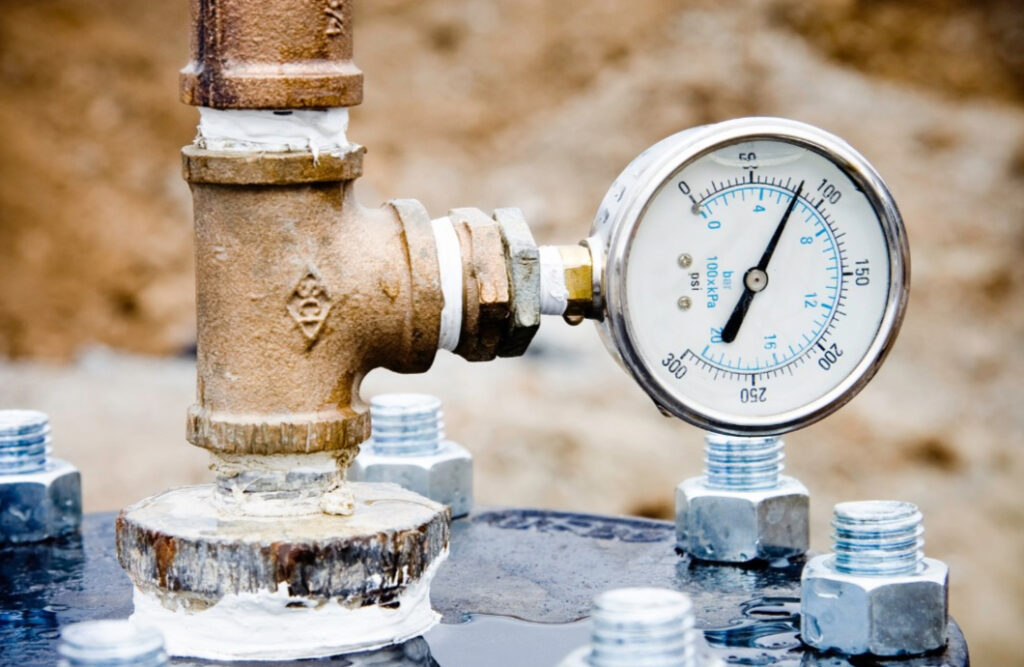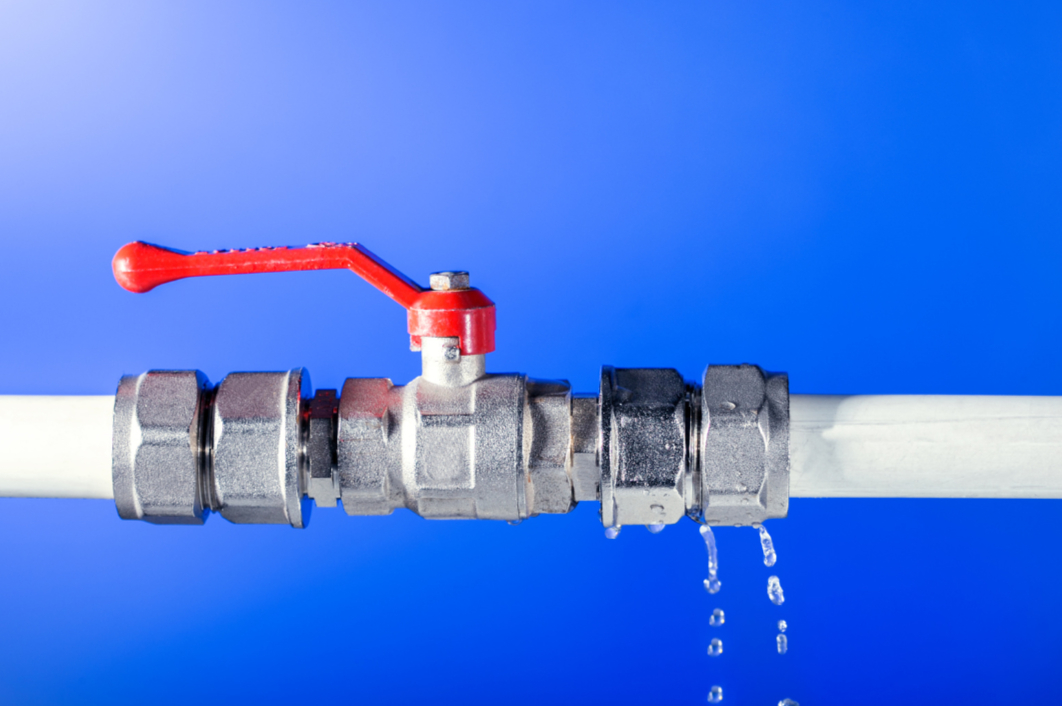Plumbing issues are an inevitable part of homeownership. From minor leaks to major clogs, understanding how to handle common plumbing problems can save time, money, and frustration. While some issues require professional assistance, many can be resolved with simple tools and a bit of know-how.
In this guide, we’ll cover ten common plumbing problems and provide practical solutions to help you tackle them effectively.
1. Dripping Faucets
A dripping faucet is more than just an annoyance; it can waste gallons of water and increase your utility bill. The issue is usually caused by a worn-out washer, O-ring, or corrosion within the faucet mechanism.
How to Fix It:
- Turn off the water supply using the shut-off valve beneath the sink.
- Remove the faucet handle using a screwdriver or wrench.
- Inspect the washer and O-ring for signs of wear or damage.
- Replace the faulty components with new ones.
- Reassemble the faucet and turn the water back on to check for leaks.
- If the problem persists, contact a professional plumber.
2. Slow Draining Sink
A slow-draining sink is often caused by a partial clog due to the buildup of hair, soap scum, grease, or debris. Over time, these blockages can reduce water flow.
How to Fix It:
- First, use a plunger to create suction and dislodge the clog.
- Pour a mixture of baking soda and vinegar into the drain. Let it sit for 15 minutes before flushing it with hot water.
- If the blockage remains, use a drain snake or auger to break it apart.
- Remove and clean the P-trap under the sink to ensure any debris is cleared.
3. Clogged Toilet
A clogged toilet can lead to unpleasant odors and potential water overflow if not addressed promptly. Common causes include excessive toilet paper usage or non-flushable items.
How to Fix It:
- Use a toilet plunger with a flange for better suction.
- For tougher clogs, use a toilet auger to break up the obstruction.
- Avoid chemical drain cleaners, as they can damage pipes over time.
- Prevent future clogs by only flushing toilet paper and waste.
4. Running Toilet
A running toilet can waste hundreds of gallons of water per day. This is typically caused by a faulty flapper valve, a misaligned float, or a broken fill tube.
How to Fix It:
- Remove the tank lid and inspect the flapper valve. If it’s warped or damaged, replace it with a new one.
- Adjust the float to ensure it sits at the correct water level.
- Inspect the fill tube and reconnect it if it’s loose.
- If these steps don’t work, contact a plumber to diagnose the issue.
5. Leaky Pipes
Leaky pipes can lead to water damage, mold growth, and higher water bills. Pipes may leak due to corrosion, loose joints, or physical damage.
How to Fix It:
- Turn off the main water supply immediately.
- Dry the pipe and apply epoxy putty or a pipe repair clamp as a temporary fix.
- For long-term solutions, replace the damaged section of the pipe.
- Call a plumber to ensure a safe and permanent repair.

6. Low Water Pressure
Low water pressure can make everyday tasks like showering or washing dishes frustrating. Causes include sediment buildup, leaks, or a malfunctioning pressure regulator.
How to Fix It:
- Clean aerators and showerheads by soaking them in vinegar to dissolve mineral deposits.
- Inspect for visible leaks and address them promptly.
- If the issue continues, a licensed plumber can diagnose and resolve the underlying problem.
7. Water Heater Issues
If your water heater isn’t producing hot water, you might have a malfunctioning heating element, a faulty thermostat, or sediment buildup in the tank.
How to Fix It:
- Check the thermostat settings to ensure they are correct.
- Flush the tank to remove sediment buildup.
- Replace any malfunctioning components if necessary.
- For complex issues, contact a plumbing professional for repairs.
8. Garbage Disposal Jam
A jammed garbage disposal can lead to unpleasant odors and backed-up sinks. Often, the cause is food debris or foreign objects lodged in the blades.
How to Fix It:
- Turn off the disposal and unplug it from the power source.
- Use an Allen wrench to manually rotate the blades and dislodge any debris.
- Remove the obstruction using pliers or tongs.
- Reset the disposal using the reset button underneath.
9. Sewer System Backup
A sewer backup is a severe problem that may result from blockages, tree root intrusion, or damaged sewer lines.
How to Fix It:
- Stop using water to prevent further backup.
- Contact a licensed plumber immediately.
- A plumber may use a sewer camera to inspect the lines and recommend hydro jetting or pipe replacement if needed.
10. Burst Pipes
Burst pipes are often caused by freezing temperatures, corrosion, or high water pressure. They can result in extensive water damage if not promptly addressed.
How to Fix It:
- Shut off the main water supply to prevent further flooding.
- Drain the system by turning on all faucets.
- Apply a temporary patch using pipe repair clamps or epoxy.
- Contact a professional plumber to replace or repair the damaged section.

When to Call a Professional
While minor plumbing issues can often be handled with DIY methods, some problems require professional expertise. Call a plumber if you experience:
- Persistent leaks or clogs
- Low water pressure without a clear cause
- Water discoloration or unusual odors
- Sewer backups or pipe bursts
Understanding how to fix common plumbing problems can empower homeowners to maintain their plumbing systems and prevent costly repairs. However, for complex or severe issues, professional assistance is essential.
Alexander Plumbing & HVAC offers reliable and efficient plumbing services to address any issue you may encounter. From emergency repairs to routine maintenance, our licensed professionals are equipped to keep your plumbing system in top condition. Contact us today at 609-438-2665 to schedule a service or learn more about how we can help with your plumbing needs.


